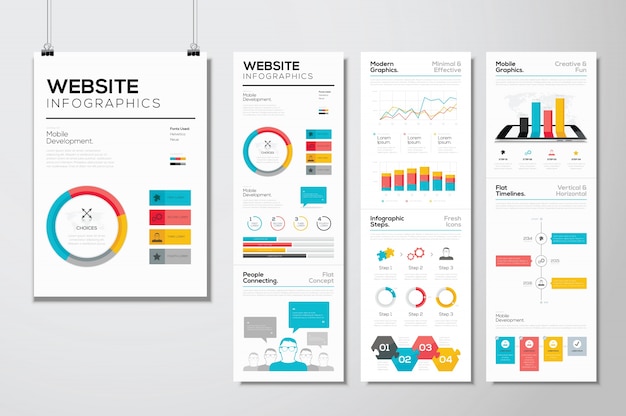The Growth Of Website Design: Then And Now
The Growth Of Website Design: Then And Now
Blog Article
Web Content Create By-Thorsen Bojesen
In the past, web sites were basic and focused on info. Navigation was straight, and style was for desktop computers. Now, customer experience is vital. Data overviews layouts for very easy navigation. Booked Appointments fit various gadgets. Today, dark setting decreases stress, and minimalist food selections enhance navigating. Interactive features involve customers, and vibrant visuals stand out. web link . See exactly how style has evolved to enhance your on the internet trip.
Early Days of Website Design
In the very early days of web design, simplicity reigned supreme. Sites were fundamental, with minimal colors, typefaces, and designs. The focus got on supplying information rather than flashy visuals. Individuals accessed the web through sluggish dial-up links, so rate and performance were key.
Navigation food selections were straightforward, normally located on top or side of the page. Web sites were developed for desktop computers, as mobile surfing had not been yet prevalent. Content was king, and designers focused on simple readability over complex layout elements.
HTML was the primary coding language used, and designers needed to function within its restrictions. Animations and interactive attributes were minimal contrasted to today's criteria. Sites were static, with little dynamic web content or customized individual experiences.
Surge of User-Focused Layout
With the evolution of website design, a change in the direction of user-focused design concepts has actually come to be progressively noticeable. Today, creating internet sites that focus on individual experience is critical for involving visitors and accomplishing organization objectives. User-focused layout includes recognizing the demands, choices, and actions of your target market to tailor the web site's format, material, and features as necessary.
Developers now perform complete research study, such as customer surveys and functionality screening, to gather understandings and responses straight from individuals. This data-driven strategy assists in developing user-friendly navigating, clear calls-to-action, and visually attractive interfaces that resonate with visitors. By putting the customer at the center of the design process, web sites can deliver an extra personalized and satisfying experience.
Receptive style has actually likewise become a vital aspect of user-focused style, making certain that websites are maximized for different gadgets and screen sizes. This adaptability improves ease of access and functionality, dealing with the varied methods individuals communicate with websites today. Essentially, the surge of user-focused layout indicates a change in the direction of developing digital experiences that focus on the needs and assumptions of completion user.
Modern Trends in Web Design
Check out the latest trends forming website design today. One prominent trend is dark setting style, offering a sleek and contemporary appearance while minimizing eye strain in low-light environments. Another vital pattern is minimal navigating, simplifying food selections and enhancing customer experience by concentrating on essential elements. Incorporating micro-interactions, such as computer animated switches or scrolling results, can produce a more interesting and interactive site. Receptive design stays critical, making certain smooth individual experiences throughout various gadgets. Additionally, utilizing vibrant typography and asymmetrical layouts can include aesthetic rate of interest and draw attention to particular content.
Integrating AI technology, like chatbots for consumer assistance or tailored recommendations, boosts customer involvement and improves processes. Accessibility has likewise come to be a significant pattern, with designers focusing on comprehensive layout techniques to deal with diverse customer demands. Welcoming sustainability by optimizing internet site efficiency for rate and effectiveness is an additional emerging trend in web design. Collaborating with individual responses and data analytics to repeat and enhance design continually is essential for staying pertinent in the ever-evolving electronic landscape. By embracing these contemporary patterns, you can produce a visually enticing, user-friendly website that reverberates with your target market.
Conclusion
As you review the development of site style from the very early days to currently, you can see how user-focused layout has actually ended up being the driving force behind modern trends.
Welcome the journey of change and adaptation in website design, constantly maintaining the individual experience at the forefront.
Keep present with the most recent patterns and innovations, and never quit developing your method to develop aesthetically sensational and easy to use web sites.
Progress, adjust, and create - the future of web design remains in your hands.
